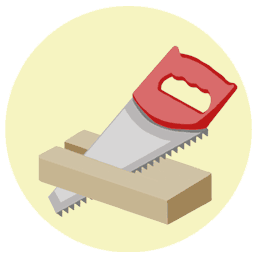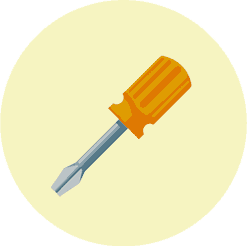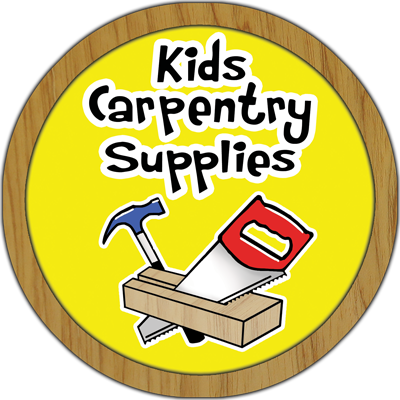Tinkering
Do you let your kids “tinker”?
We’re going to teach you all about what tinkering is, why it’s one of our all-time favourite activities, and how you can provide tinkering opportunities in your classroom or for your own kids at home!
What is “tinkering”?
Tinkering is, by definition, “To work with something in an unskilled or experimental manner.”
Tinkering is about hands-on experiences, learning from failures, and having unstructured time to explore, invent and test ideas. Through this process of exploration lies the potential for innovation - which is so important in the world we live.
Tinkering truly is at the heart of invention!

Why is tinkering time so important for children?
Giving children unstructured time to tinker hands-on opens up a world of important learning experiences.
Here are 5 reasons why you should encourage your child’s love of tinkering:
Tinkering allows children to follow their curiosities. Exploring, experimenting and testing ideas fuels their natural curiosity about life.
Tinkering develops problem solving and critical thinking abilities.
Tinkering helps children to realise that failing is ok. Mistakes and failures are viewed as part of the experimenting process. Tinkering develops confidence, perseverance, resourcefulness and resilience. Your children will develop that good ol' kiwi "can do" attitude as they overcome the many challenges that tinkering throws up.
Tinkering develops fine motor skills as children learn to manipulate different tools and materials.
Children thrive when they have the opportunity to learn by doing.
Tinkering is hands on learning at its best!

How can I provide opportunities for My children to tinker?
All you really need to do is provide them with a variety of low-cost materials and the free time to explore.
Here are a couple of ideas to get you started:
Deconstruction!
Let them take an object apart and try to put it back together again. Old radios, clocks and VCR’s are great for this with lots of interesting parts to explore. Using real tools to undo screws etc. is really good for their fine motor skills while giving them a sense of responsibility and developing that “can-do” attitude.
Deconstruction can naturally lead to identifying the different parts of the appliance and enquiring about how it works. All of sudden a whole new path of learning and discovery has opened up!
Second hand shops are a great place to source small appliances for deconstruction.
Create a "Tinker Box".
Collect up a whole lot of random odds and ends from around the house then leave their imaginations to it! I bet you will be surprised at what they design.
Straws, paper clips, rubber bands, egg cartons, boxes, recyclables, old CD’s nuts, bolts, screws, nails, string, wood…
One man’s junk is another man’s treasure!
Creating a tinker space in your home or classroom doesn’t need to cost much. Start small with items you have around the house and slowly build it up over time.
Most of all, remember that there is no right or wrong way to tinker!
Images sourced from around the web


